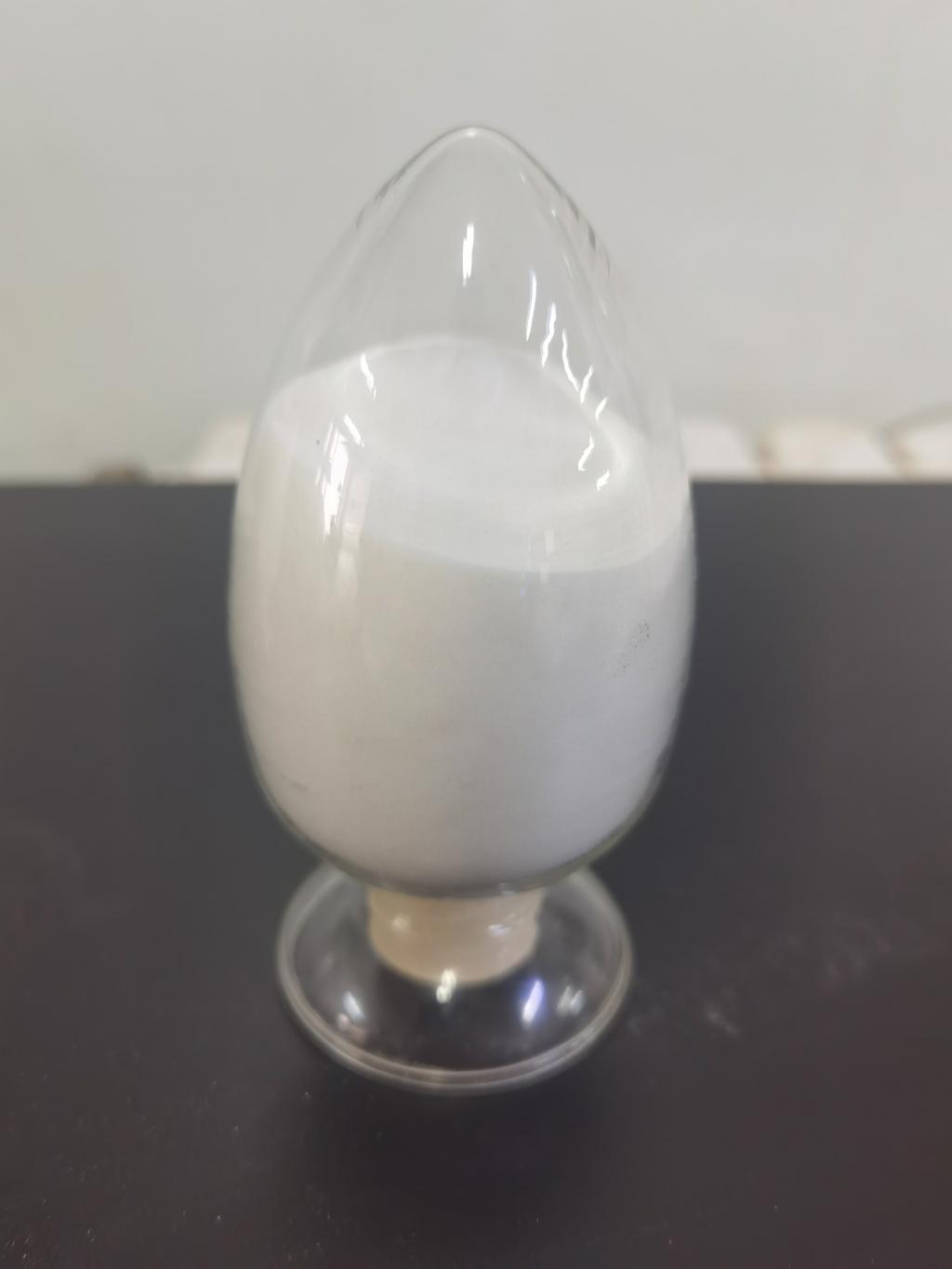Tel:0086 18231198596

News
Current Position:
Home >
News
>ε-Polylysine Hydrochloride: A Novel Approach to Combatting Food Allergens
ε-Polylysine Hydrochloride: A Novel Approach to Combatting Food Allergens
TIME:2024-01-23
I. Understanding ε-Polylysine Hydrochloride:
ε-Polylysine hydrochloride is a naturally occurring biopolymer produced through the fermentation of Streptomyces albulus. This cationic homopolymer is derived from the amino acid lysine and has gained recognition for its unique properties, including its antimicrobial activity and biodegradability. While traditionally used as a preservative in the food industry, recent research has unveiled its potential in addressing food allergens, opening up new possibilities for improving food safety for allergic individuals.
II. Mechanism of Action Against Food Allergens:
The mechanism of action of ε-polylysine hydrochloride involves its interaction with proteins, including those that contribute to food allergens. This cationic biopolymer can bind to proteins through electrostatic interactions, altering their structure and functionality. By targeting allergenic proteins, ε-polylysine hydrochloride offers a novel approach to reducing the allergenic potential of foods, making it a promising tool for allergen control in the food industry.
III. Applications in Allergen-Free Food Production:
One of the key applications of ε-polylysine hydrochloride is in the production of allergen-free foods. This may involve incorporating ε-polylysine hydrochloride during the manufacturing process to modify the allergenic proteins present in the food matrix. By reducing the allergenicity of certain proteins, ε-polylysine hydrochloride has the potential to enable the creation of safer and more inclusive food products for individuals with allergies.
IV. Reducing Cross-Contamination Risks:
Cross-contamination is a significant concern in facilities that process both allergen-containing and allergen-free foods. ε-Polylysine hydrochloride can be employed as part of cleaning and sanitation protocols to reduce the risks of cross-contamination. Its antimicrobial properties may help control the presence of allergenic proteins on surfaces, equipment, and utensils, contributing to a safer food processing environment.
V. Potential for Allergen-Free Labeling:
Accurate food labeling is crucial for individuals with food allergies to make informed choices and avoid potential allergens. The use of ε-polylysine hydrochloride in allergen control could pave the way for improved allergen-free labeling. If successful in reducing the allergenic potential of certain proteins, products treated with ε-polylysine hydrochloride may meet the criteria for allergen-free claims, providing greater transparency to consumers.
VI. Challenges and Considerations:
While the potential of ε-polylysine hydrochloride in combating food allergens is promising, there are challenges and considerations that warrant attention. This section explores factors such as the specificity of ε-polylysine hydrochloride's action, the need for comprehensive testing methods, and potential impacts on food quality and sensory attributes. Addressing these challenges is essential for the responsible and effective implementation of ε-polylysine hydrochloride in allergen control strategies.
VII. Regulatory Landscape and Safety Considerations:
As with any novel approach in the food industry, navigating the regulatory landscape is a crucial aspect of integrating ε-polylysine hydrochloride into allergen control practices. This section discusses the current regulatory considerations associated with the use of ε-polylysine hydrochloride, including permissible concentrations, labeling requirements, and safety assessments. Ensuring compliance with regulatory standards is paramount for the acceptance and adoption of this novel approach.
VIII. Future Research Directions:
The exploration of ε-polylysine hydrochloride in combating food allergens opens avenues for further research and development. This section discusses potential future directions, including refining application methods, expanding the range of allergens targeted, and assessing the long-term effects on food quality. Collaborative efforts between researchers, food industry professionals, and regulatory bodies will drive the evolution of ε-polylysine hydrochloride as a valuable tool in allergen control.
IX. ε-Polylysine Hydrochloride in Food Service and Hospitality:
The application of ε-polylysine hydrochloride extends beyond food manufacturing to food service and hospitality. This section explores how ε-polylysine hydrochloride may be integrated into cleaning protocols for kitchen equipment, utensils, and food preparation surfaces. Its antimicrobial properties can contribute to reducing the risks of cross-contamination in restaurants, catering services, and other food establishments, enhancing overall food safety.
X. Public Awareness and Consumer Acceptance:
Introducing novel approaches like ε-polylysine hydrochloride in combating food allergens requires public awareness and consumer acceptance. Transparent communication about the science behind this innovation, its safety profile, and potential benefits for individuals with food allergies is crucial. Collaborative efforts between the food industry, advocacy groups, and healthcare professionals can contribute to building understanding and trust among consumers.
XI. Conclusion:
In conclusion, ε-polylysine hydrochloride emerges as a novel and promising approach to combating food allergens in the food industry. Its unique properties, including antimicrobial activity and potential to modify allergenic proteins, position it as a valuable tool for allergen control and food safety. As research progresses and regulatory considerations are addressed, ε-polylysine hydrochloride may play a pivotal role in creating safer and more inclusive food options for individuals with food allergies.

 CONTACT
CONTACT




